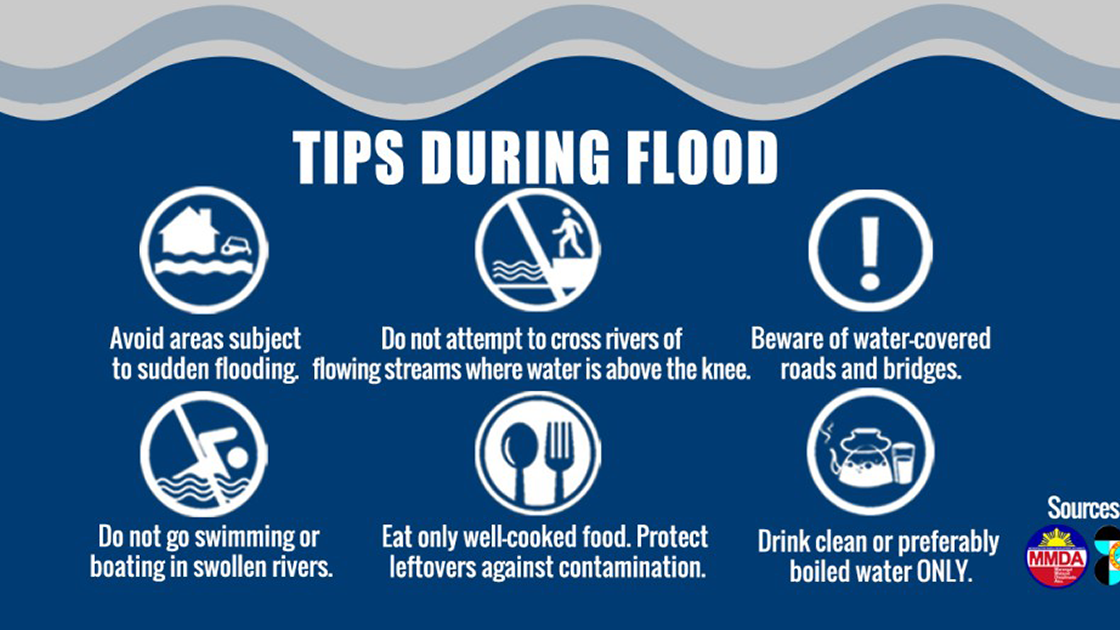Are You Prepared For A Flash Flood Emergency? A Practical Guide

Table of Contents
Understanding Flash Flood Risks
Flash floods are a rapid and sudden rise in water levels, typically occurring within six hours of intense rainfall. Unlike regular floods, which develop more gradually over days or weeks, flash floods can strike with little to no warning, making preparedness crucial. Several factors contribute to this heightened risk:
-
Geographic Location: High-risk areas include those near rivers, streams, canyons, low-lying areas, floodplains, areas with steep slopes or poor drainage, and urban areas with inadequate drainage systems. Knowing your local flood risk is the first step.
-
Intense Rainfall: Torrential downpours are the primary cause. Even seemingly moderate rainfall in already saturated soil can lead to devastating flash floods.
-
Rapid Snowmelt: Sudden and significant snowmelt, particularly during spring thaws, can quickly overwhelm rivers and streams.
-
Dam Failures: The failure of a dam or levee can unleash a catastrophic surge of water downstream, causing widespread flash flooding.
To check your specific local flood risk, consult the National Weather Service website and sign up for their alerts. Understanding your risk is the first step in effective flash flood preparation. Knowing whether you live in a high-risk flood zone can help you better prepare for a flash flood emergency.
Creating a Flash Flood Emergency Plan
A comprehensive flash flood emergency plan is essential for protecting yourself and your loved ones. This plan should include:
-
Family Communication Plan: Designate an out-of-state contact person who family members can call to check in and share information during a flash flood emergency.
-
Evacuation Routes and Safe Locations: Identify multiple evacuation routes and pre-determine safe locations, such as higher ground or a designated shelter, to go to in case of a flash flood warning. Practice these routes with your family.
-
Emergency Kit: Assemble a waterproof emergency kit containing:
- Water (one gallon per person per day for at least three days)
- Non-perishable food (enough for several days)
- First-aid kit and essential medications
- Flashlight and extra batteries
- Battery-powered radio
- Whistle
- Important documents (copies of insurance policies, identification, etc.) in waterproof bags.
- Extra clothing and blankets
-
Home Preparation: Take steps to protect your property:
- Elevate valuable items off the floor.
- Install flood barriers, if feasible.
- Clean gutters and downspouts regularly to prevent water from accumulating.
- Know how to shut off utilities (gas, electricity, water) in case of a flash flood emergency.
Recognizing and Responding to Flash Flood Warnings
Understanding weather warnings is crucial. The National Weather Service issues various alerts:
-
Flash Flood Watch: Conditions are favorable for flash flooding. Stay informed and be prepared to take action.
-
Flash Flood Warning: Flash flooding is occurring or is imminent. Take immediate action!
-
Flash Flood Advisory: Flash flooding is possible. Monitor the situation closely.
Warning signs of an impending flash flood include:
- Rapidly rising water levels in streams, rivers, or creeks.
- Heavy or persistent rainfall.
- Overflowing rivers or streams.
- Sudden mudslides or debris flows.
If a flash flood warning is issued, act immediately:
- Move to higher ground immediately – this is the most critical action.
- Avoid driving through flooded areas; even shallow water can sweep a car away.
- Never walk or drive through flowing water; the current can be deceptively strong.
- Stay away from power lines and downed electrical wires.
- Seek higher ground and stay there until the danger has passed.
Post-Flash Flood Actions
Once the immediate danger has passed, prioritize safety:
- Check for injuries and seek medical attention if necessary.
- Avoid floodwaters; they may be contaminated with sewage and hazardous materials.
- Clean up your home and property carefully, wearing protective gear. Dispose of contaminated materials properly.
- Contact your insurance company to report damages and start the claims process.
- Reach out to local emergency services and community resources for assistance.
- Thoroughly document all damages with photos and videos for insurance purposes.
Conclusion
Being prepared for a flash flood emergency can save lives and mitigate property damage. Understanding flash flood risks, creating a comprehensive plan, recognizing warning signs, and knowing how to respond are all vital steps. Remember the life-saving potential of preparedness and swift action during a flash flood. Create your flash flood emergency plan today, using the information provided in this article. Share this information with friends and family to promote community preparedness against flash flood emergencies. Check your local resources for specific flood risk information in your area, and stay informed about weather conditions. Don't wait – protect yourself and your loved ones from a flash flood emergency.

Featured Posts
-
 Thierry Luthers En Deuil La Mort De Son Frere Albert
May 26, 2025
Thierry Luthers En Deuil La Mort De Son Frere Albert
May 26, 2025 -
 The Jenson Fw 22 Extended Range A Comprehensive Guide
May 26, 2025
The Jenson Fw 22 Extended Range A Comprehensive Guide
May 26, 2025 -
 Laurence Melys La Touche Feminine Du Cyclisme Sur Rtl
May 26, 2025
Laurence Melys La Touche Feminine Du Cyclisme Sur Rtl
May 26, 2025 -
 The Best British Pop Movies Of All Time A Top 10 Countdown
May 26, 2025
The Best British Pop Movies Of All Time A Top 10 Countdown
May 26, 2025 -
 Milan San Remo 2024 Van Der Poels Dominant Double Victory Over Pogacar
May 26, 2025
Milan San Remo 2024 Van Der Poels Dominant Double Victory Over Pogacar
May 26, 2025
Latest Posts
-
 Euro Millions Live Record E245m Jackpot Friday Draw
May 28, 2025
Euro Millions Live Record E245m Jackpot Friday Draw
May 28, 2025 -
 Follow The E245m Euro Millions Jackpot Draw Live This Friday
May 28, 2025
Follow The E245m Euro Millions Jackpot Draw Live This Friday
May 28, 2025 -
 Fridays Euro Millions Draw E245 Million Jackpot Live Updates
May 28, 2025
Fridays Euro Millions Draw E245 Million Jackpot Live Updates
May 28, 2025 -
 Euro Millions Friday Draw Follow The E245m Jackpot Live
May 28, 2025
Euro Millions Friday Draw Follow The E245m Jackpot Live
May 28, 2025 -
 Live Euro Millions Draw E245 Million Jackpot Up For Grabs This Friday
May 28, 2025
Live Euro Millions Draw E245 Million Jackpot Up For Grabs This Friday
May 28, 2025
